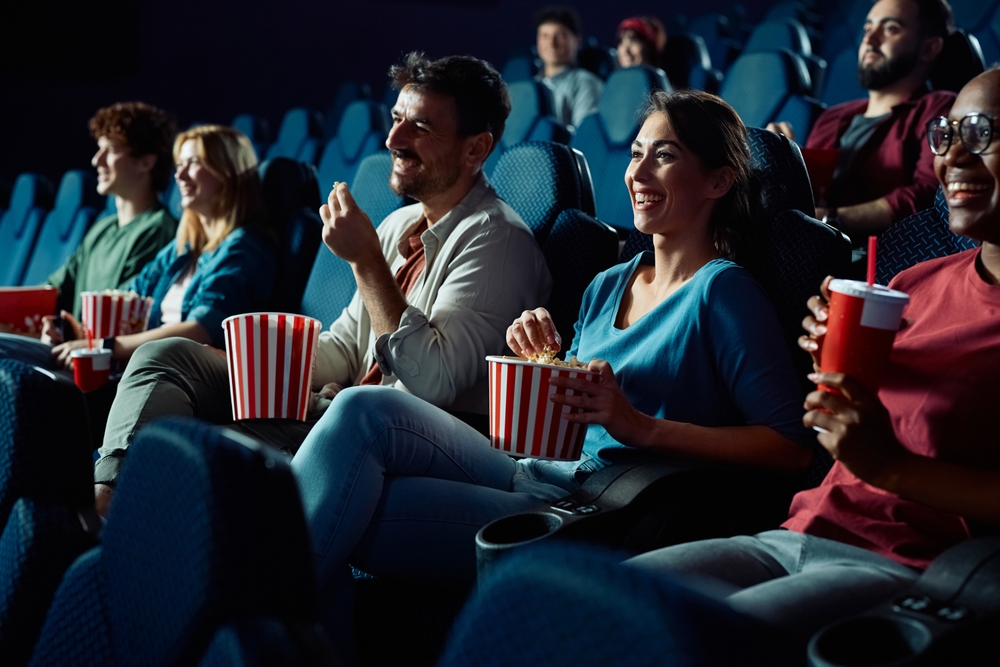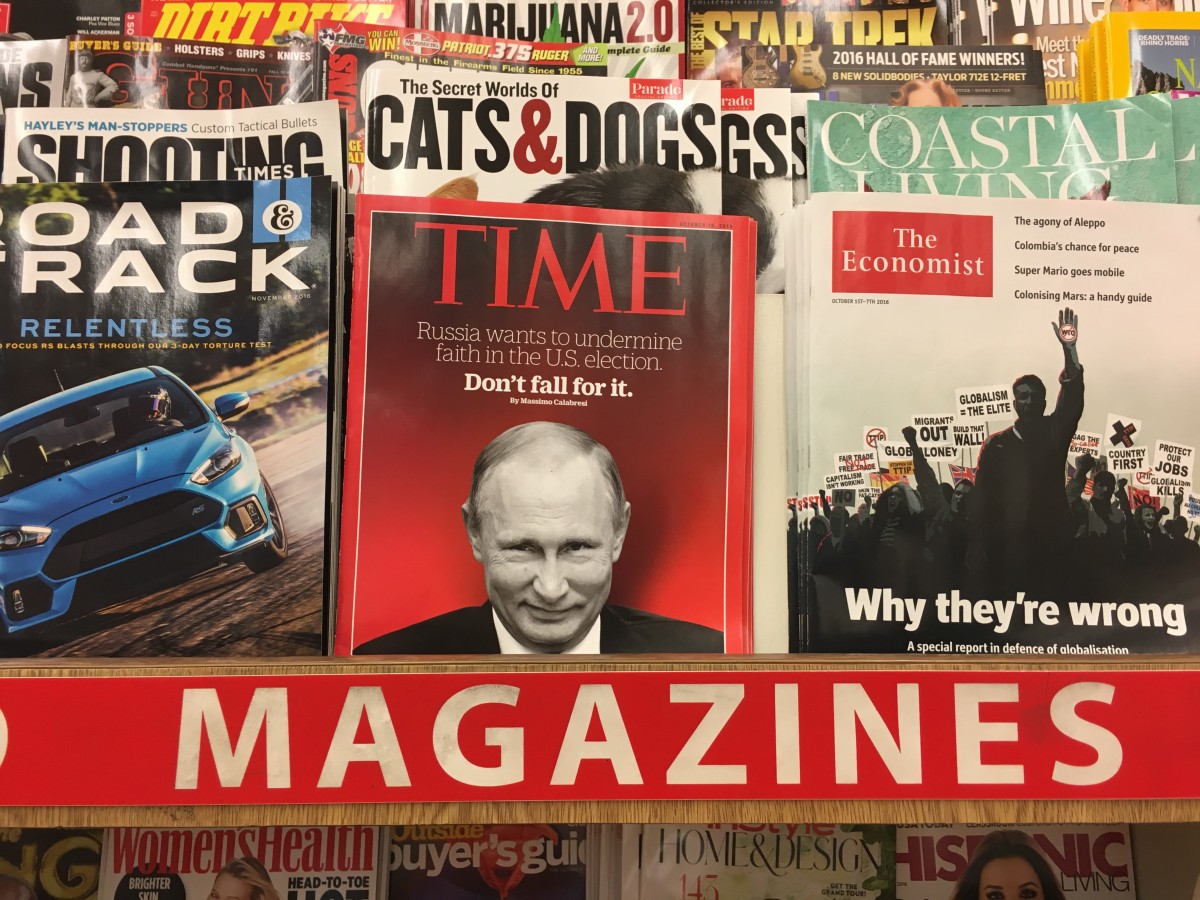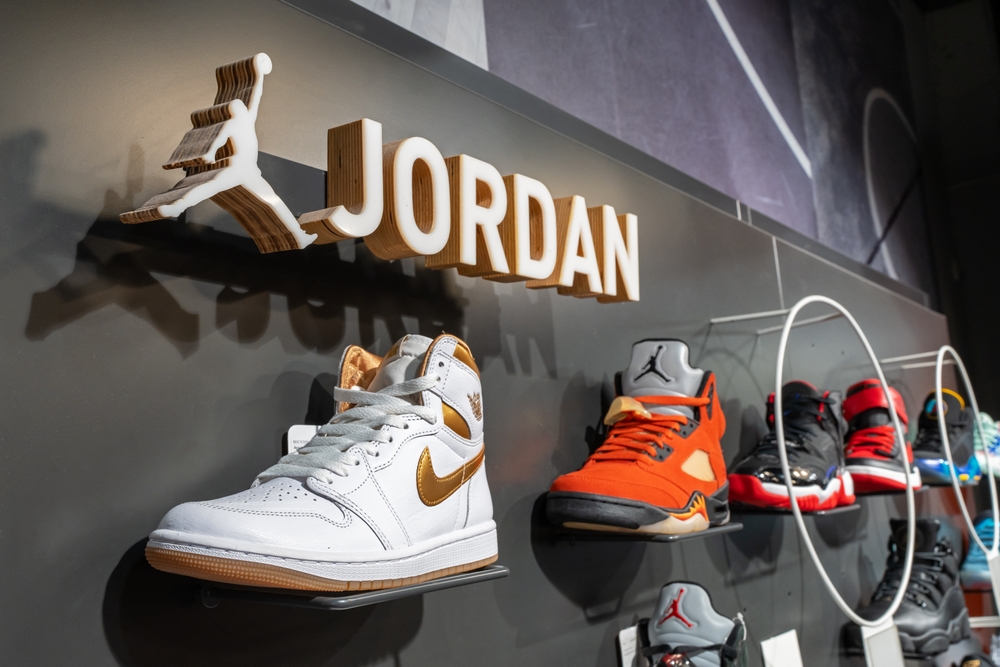There was a time when “ordinary” actually meant affordable — when dinners out didn’t require budgeting apps, and buying a home didn’t feel like winning the lottery. But somewhere between inflation, corporate greed, and the slow death of the middle class, the everyday comforts that defined stability quietly slipped out of reach. What used to be basic — a family vacation, a gym membership, a new pair of sneakers — now feels like a luxury reserved for the lucky few.
1. Owning Our Own House

Once regarded as the ultimate milestone in adulthood, owning a house is now a luxury many can only dream of. The days when a single income could secure a family home are receding into history, replaced by daunting property prices and stagnating wages. The real estate market has skyrocketed, making it challenging for first-time buyers to get a foot on the property ladder without significant help. The struggle is compounded by the competitive nature of the market, where bidding wars can drive prices even higher.
A report by the National Association of Realtors highlights how urban sprawl and limited housing supply contribute to climbing property prices. This has led to an increase in multi-generational living arrangements, as people delay or forgo homeownership entirely. In this climate, renting becomes the more viable, albeit less secure, option. Yet, even rental markets are seeing sharp increases, narrowing the gap between renting and owning further.
2. Buying A New Car

There was a time when a car was more than just a means of transport; it was a symbol of independence. You likely remember the thrill of getting your first car, a rite of passage that’s become more financially burdensome over the years. The dual impact of rising vehicle costs and insurance premiums has made car ownership a hefty financial commitment. This is particularly true for young people who face higher insurance rates and limited buying power.
Public transport and shared mobility services have become more appealing alternatives in urban areas. These options provide eco-friendly convenience without the financial strain of owning a vehicle. For many, this shift is also about lifestyle choices, with urban living encouraging a reliance on bicycles and public transit. Nonetheless, the freedom a personal vehicle offers remains an unattainable luxury for many.
3. Going To College Without Drowning In Debt

Higher education was once seen as a gateway to opportunity, not a financial ball-and-chain. In the past, working part-time or securing a scholarship could realistically cover tuition fees. Today, student debt has escalated to crisis levels, with many graduates entering the workforce already burdened by significant loans. As tuition fees climb, the burden of debt becomes a deterrent for prospective students.
The College Board reports that average tuition and fees at four-year public colleges have more than tripled over the past three decades. The implications of this are wide-reaching, affecting life choices from career paths to starting a family. In response, some are turning to trade schools or apprenticeships as alternatives, seeking less expensive paths to stable employment. Despite these shifts, the weight of student loans continues to haunt many, long after graduation.
4. Stocking A Full Grocery Cart

A trip to the grocery store once meant filling your cart without breaking the bank. You likely recall aisles brimming with choices, each week bringing a sense of bounty and preparedness. But with food prices on the rise, a full grocery cart now feels more like a splurge than a necessity. Essential items have seen consistent price increases, forcing many to rethink their shopping habits.
Consequently, people are becoming more strategic with their grocery spending, prioritizing bulk buys and store brands to stretch their budgets. Meal planning has become a crucial skill, ensuring nothing goes to waste and every purchase serves a purpose. Community-supported agriculture and local markets offer alternatives, though they may not always translate to savings. The ritual of grocery shopping has transformed into a balancing act between cost and nutrition.
5. Paying For Decent Health Insurance

Health insurance, once an expected part of employment, has become a costly affair for many. The decline of employer-sponsored health plans means more people are shouldering the burden of high premiums and deductibles. The financial pressure is exacerbated by the unpredictable nature of healthcare needs, where a single emergency can lead to significant debt. This reality has left many opting for minimal coverage or going uninsured altogether.
A report by the Kaiser Family Foundation illustrates the growing disparity in healthcare affordability, indicating that rising costs are a significant concern for households across the income spectrum. Preventative care and routine check-ups become financial decisions rather than health priorities, potentially leading to more severe health issues down the line. The healthcare landscape has turned into a maze of policies and plans, each with its own set of complexities. As a result, navigating health insurance has become a crucial, albeit daunting, life skill.
6. Traveling Abroad For Yearly Vacations

There was a time when an international trip was an attainable adventure, a chance to explore new cultures and broaden horizons. Now, the cost of flights, accommodations, and travel insurance can make these trips seem extravagant. Economic instability and fluctuating currency exchange rates add layers of unpredictability to any travel budget. The dream of globe-trotting is tempered by the reality of financial constraints.
Many are finding ways around these hurdles by prioritizing local travel or planning budget-conscious itineraries. Travel blogs and apps have become invaluable resources, offering tips for affordable adventures. Despite the challenges, the allure of experiencing the world beyond your borders remains strong. For some, planning a trip becomes a long-term goal, something to be saved for and cherished.
7. Going To The Movies

The excitement of a movie night at the theater, once a regular pastime, now feels like a special occasion. Ticket prices have steadily climbed, and when paired with concessions, a family outing to the movies can quickly become expensive. Streaming services offer a convenient and economical alternative, pulling audiences away from the traditional cinema experience. This shift has left theaters vying for attention in a digital world.
According to the National Association of Theatre Owners, the average ticket price has increased significantly over the past decade, a trend driven by the rise of premium formats and inflation. To adapt, theaters are enhancing the experience with luxury seating and exclusive screenings. However, these innovations often come with higher costs, further distancing audiences seeking more affordable entertainment. The charm of the movie theater endures, but the frequency of visits has waned for many.
8. Dining Out Regularly

Dining out was once a simple pleasure, a chance to enjoy a meal without the hassle of cooking or cleaning. However, rising menu prices and service charges have made frequent restaurant visits a luxury rather than a norm. The economic pressures on the hospitality industry have prompted price hikes, impacting your dining budget. This has led many to reserve eating out for special occasions rather than regular indulgences.
As a result, people are exploring cooking at home more, experimenting with new recipes and culinary techniques. The rise of meal kits and food delivery services provides a middle ground, offering variety without the restaurant price tag. Despite these alternatives, the social aspect of dining out — from the ambiance to the communal experience — remains unmatched. It’s a balancing act between savoring those moments and staying financially prudent.
9. Upgrading Our Gadgets

In the rapidly evolving world of technology, keeping up with the latest gadgets is no longer as feasible as it once was. The price tags on smartphones, laptops, and tablets have soared, often exceeding the cost of a small vacation. This evolution from luxury to necessity has made it challenging to keep pace with innovation without a significant financial commitment. Yet, the allure of new technology remains irresistible, promising improved functionality and connectivity.
Many are turning to refurbished or older models, finding that they offer sufficient capabilities at a fraction of the price. Subscription services and payment plans provide alternative means to access the latest technology without the upfront cost. Despite these options, the pressure to maintain technological relevance is palpable. It’s a landscape where financial sacrifices and savvy decisions go hand in hand with staying connected.
10. Having A Pet

The joy of having a pet is tempered by the reality of its expenses, which have soared in recent years. From vet bills to pet food, the cost of caring for an animal has increased significantly. This financial strain discourages some from becoming pet owners, despite the emotional and mental health benefits pets provide. For many, owning a pet becomes a commitment that requires careful budgeting and planning.
Adoption from shelters offers a more affordable entry point into pet ownership, often accompanied by lower initial costs. Pet insurance has also gained popularity, providing a safety net for unforeseen medical expenses. Still, the day-to-day costs of pet care can add up quickly. The decision to bring a pet into your home is increasingly seen as a long-term financial commitment, not just an emotional one.
11. Buying Brand-New Furniture

Walk into any furniture store, and you might feel a pang of nostalgia for the days when buying new furniture wasn’t such a strain on the wallet. Rising material and labor costs have led to higher prices, making it difficult for many to furnish their homes without stretching their budgets. The focus has shifted towards more economical solutions, such as second-hand markets and DIY projects. These alternatives offer creativity and sustainability but require time and effort.
Online platforms and marketplaces have made buying used furniture more accessible, providing a range of options at various price points. For those with an eye for design, upcycling old pieces can be both a hobby and a cost-saving measure. Despite these trends, the convenience and allure of new furniture remain undeniable for many. Yet, balancing style, quality, and affordability has become a challenge in furnishing modern homes.
12. Buying A Second Home

The thought of a peaceful retreat away from the city, once a feasible dream, is now out of reach for many. The rising cost of real estate extends beyond primary residences and into the realm of vacation properties. Maintenance, taxes, and utilities add further layers of expense, making this dream increasingly elusive. The desire for a second home remains, but financial realities often dictate otherwise.
For those still keen on a getaway, timeshares and vacation rentals present alternative solutions. These options allow you to enjoy the benefits of a retreat without the year-round financial obligations. The rise of home-sharing platforms has also opened doors to more flexible vacation experiences. Yet, the idea of a personal haven, always available for spontaneous escapes, is a luxury that fewer can claim.
13. Subscribing To Print Media

The once-common ritual of flipping through a freshly delivered newspaper or magazine feels like a relic of another era. With the rise of digital media, print subscriptions have become an expensive indulgence rather than a staple. The accessibility and affordability of online content have reshaped how people consume media. Yet, there’s a tactile charm and focused engagement that print still offers, unmatched by screen scrolling.
In the face of declining print sales, many publishers have shifted towards digital platforms, offering content for free or through affordable subscription models. The push for online presence often comes with a loss of the curated experience that print provides. However, for those who value the physicality of print, maintaining subscriptions is a matter of prioritizing personal pleasure over cost. The transition from print to digital is a testament to evolving consumer habits and the media landscape’s adaptation.
This article is for informational purposes only and should not be construed as financial advice. Consult a financial professional before making investment or other financial decisions. The author and publisher make no warranties of any kind.







